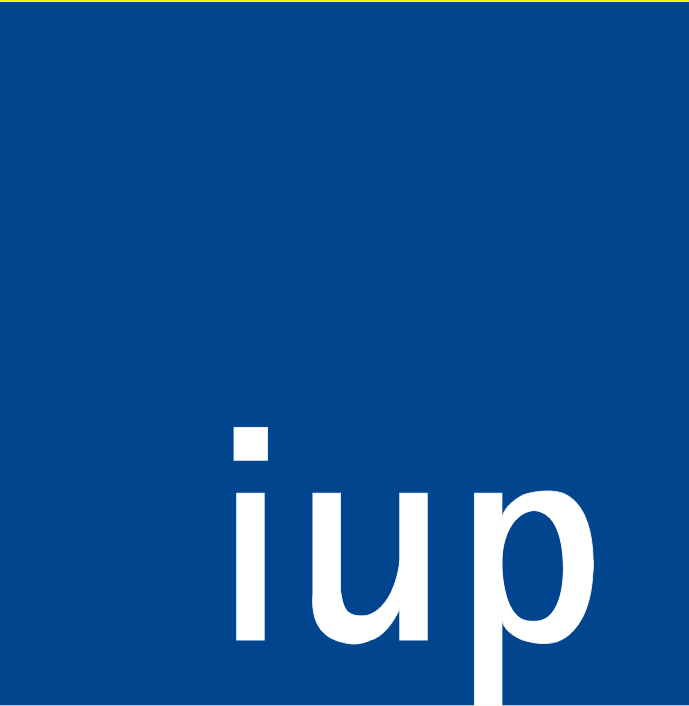Publikationen (FIS)
Spatiotemporal Scouring Processes around a Square Column on a Sloped Beach Induced by Tsunami Bores
- authored by
- Alexander Schendel, Stefan Schimmels, Mario Welzel, Philippe April-LeQuéré, Abdolmajid Mohammadian, Clemens Krautwald, Jacob Stolle, Ioan Nistor, Nils Goseberg
- Abstract
Tsunamis continue to pose an existential threat to life and infrastructure in many coastal areas around the world. One of the risks associated with tsunamis is the formation of deep scour holes around critical infrastructure and other coastal buildings, compromising their structural integrity and stability. Despite its importance, tsunami-induced scour is still given limited and simplified consideration in design guidelines for coastal structures. To further improve the understanding of tsunami-induced scour processes, and thus provide the basis for safer design of coastal structures, novel large-scale laboratory experiments have been conducted. The experiments featured a unique combination of boundary conditions, including a square coastal structure on a sloping and dry sandy beach. Single broken solitary waves were used to simulate tsunami bores. The spatiotemporal scour development directly at the square column was monitored by a high-resolution camera system, allowing a detailed description of the highly dynamic flow and scour process. Differences in the scour process between the wave runup and drawdown phases are described, and maximum and final scour depths are given as a function of inundation depth, wave height, and distance of the column from the shoreline. The scour process is characterized by several distinct phases of varying intensity and scour rate, the sequence of which varies depending on the location on the sides of the column. It is shown that the drawdown phase has a large influence on the overall scour development, adding up to 58% to the scour depth obtained during the wave runup phase. As a result of significant sediment infilling during the drawdown phase, the maximum scour depths achieved during the drawdown phase are up to twice the final scour depths at the end of a test. This discrepancy between final and maximum scour depths is greater than in previous studies using a flat sediment bed. The results of this study therefore help to interpret scour depths measured during field investigations after a tsunami event and provide a basis for extending design guidelines for coastal structures.
- Organisation(s)
-
Ludwig-Franzius-Institute of Hydraulics, Estuarine and Coastal Engineering
Coastal Research Centre
- External Organisation(s)
-
University of Ottawa
Technische Universität Braunschweig
INRS Universite d'avant-garde
- Type
- Article
- Journal
- Journal of Waterway, Port, Coastal and Ocean Engineering
- Volume
- 150
- No. of pages
- 23
- ISSN
- 0733-950X
- Publication date
- 05.2024
- Publication status
- Published
- Peer reviewed
- Yes
- ASJC Scopus subject areas
- Civil and Structural Engineering, Water Science and Technology, Ocean Engineering
- Electronic version(s)
-
https://doi.org/10.1061/JWPED5.WWENG-2052 (Access:
Open)


